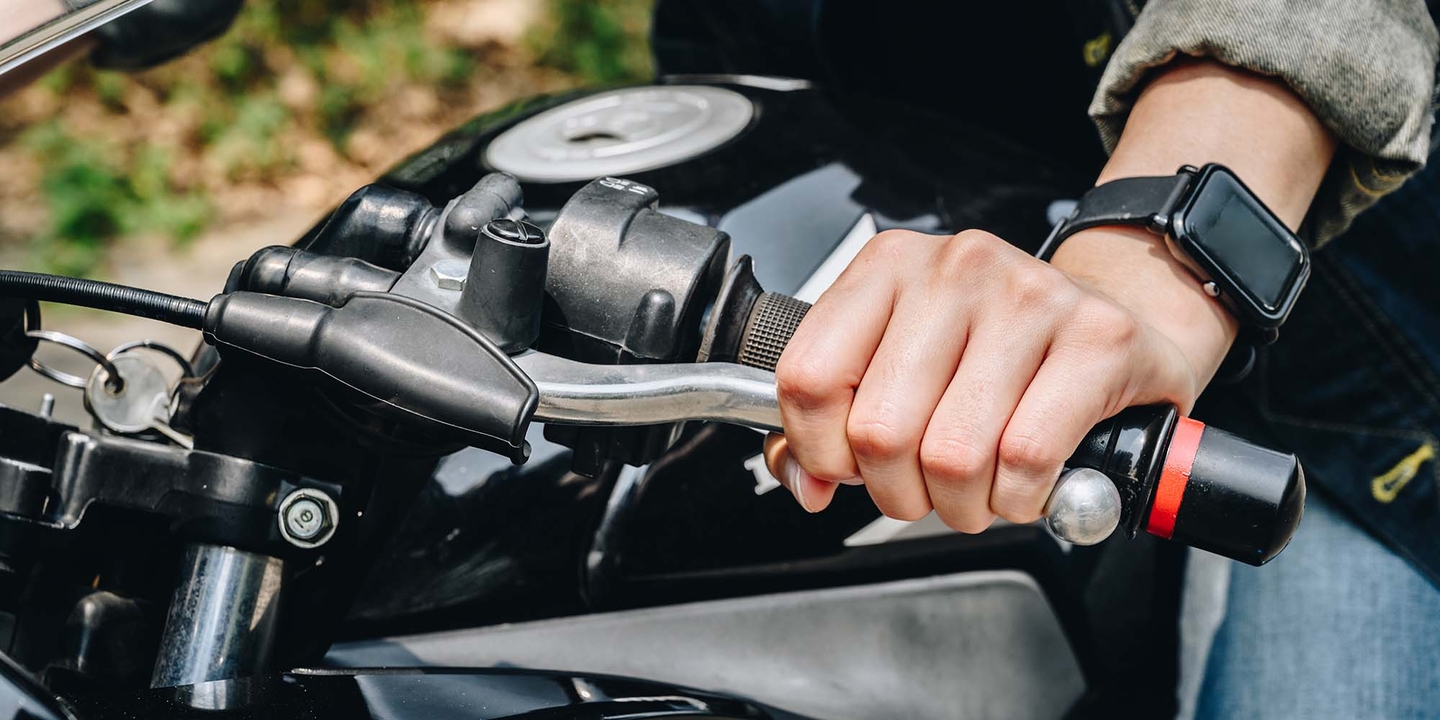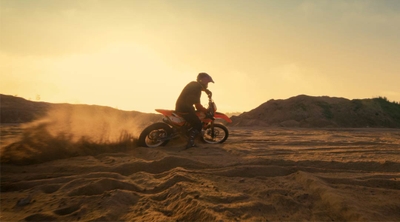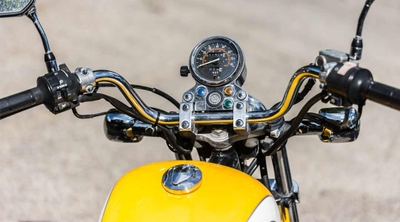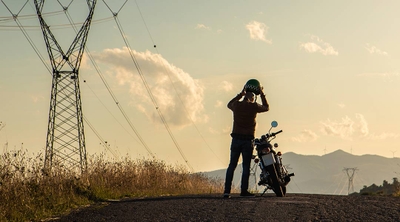How to shift a motorcycle
3 min read
There are three elements to changing gears on a motorcycle: the clutch lever, shift lever, and throttle. You need to release the throttle, pull in the clutch lever, use the shift lever to change gears, release the clutch lever, and reengage the throttle. This process may seem challenging if you’re buying your first motorcycle, but it gets easier with practice.
When to shift gears on a motorcycle
Learning when to shift gears on a motorcycle is a matter of practice, but it depends on your engine’s revolutions per minute (RPMs). Each gear operates within a certain speed range (miles per hour), and as you get near the top of that range, you’ll reach higher RPMs on your bike, and the engine makes a higher-pitched noise. At that higher pitch, it’s time to shift up.
When changing gears on a motorcycle for downshifting, you’ll listen for a much lower-pitched noise. At the end, the engine may lug or stall if you aren’t going fast enough in each gear, which is a definite sign that you need to downshift.
Mastering your gear shifting is something you can learn during a motorcycle safety course. Taking an approved course has other benefits as well. Many insurance companies will give you a discount on your motorcycle insurance once you’ve passed an approved course. Check with your insurer for their requirements before exploring schools and classes near you.
How to shift gears on a motorcycle
1. Shifting while at a complete stop
With the engine running and the bike in neutral, close, or let go of, the throttle. Pull the clutch lever in; use the shift lever to go into first gear; then release the clutch lever and add throttle to start moving.
2. Upshifting while riding
This process is like moving from a complete stop. Roll the throttle closed; use the shift lever to go into the next gear up; then release the clutch lever and add throttle to send power to the engine again.
3. Downshifting while riding
Roll your throttle closed, pull the clutch lever, and select your desired gear. If you’re downshifting because you’re going downhill, release the clutch lever and open the throttle to match your engine revving and the speed at which you’re traveling. If you’re downshifting to get additional acceleration, release the clutch lever and open the throttle more to get the acceleration you need.
4. Coming to a complete stop
When you’re downshifting because you’re coming to a complete stop, keep the clutch lever pulled in, and the throttle closed, then apply the brake. If you’re stopping temporarily, you can put your shift lever in first gear, so you’re ready to start again. If you’re stopping because you’re parking the bike, put your shift lever into neutral, then release the clutch lever and turn off the bike.
What is a motorcycle gear shift pattern?
The shift lever for motorcycles is at the left foot, and you use the toe of your boot to move it up and down. They have a “first down, rest up” gear pattern. That means the first gear is at the bottom of the lever’s range. Neutral is directly above first gear, and second gear is directly above neutral. The gears go up sequentially from there. So, for a five-speed motorcycle, the pattern from the bottom up is 1N2345, where “N” is for neutral.
This is the most common motorcycle gear shift pattern, although others are in use. Some motorcycles reverse this pattern (“first up, rest down”). Other motorcycles have a shift level controlled at both the heel and the toe (a heel-toe shifter). One side is for shifting up a gear, and the other is for shifting down a gear. Some of these bikes put downshifting at the toe, and others put it at the heel. These bikes may also vary in the placement of neutral in the gear pattern
Other motorcycle gear shifting tips
For most bikes, in addition to the shift lever being at your left foot, the clutch lever is attached to the left handlebar, and the throttle is on the right handlebar post. The shifting process requires you to close off the throttle while shifting so you’re not giving gas to the engine. You pull in the clutch lever to disengage the clutch and then use the toe shifter to select the gear you want. Once you’ve selected the gear, you release the clutch lever and start to apply the throttle, which is the trickiest part of motorcycle gear shifting. If you release the clutch too quickly before you apply the throttle, the engine will lug (i.e., it feels like it’s jerking uncontrollably).
If you’re too hard on the throttle after releasing the clutch, you’ll either spin your back tire or get some unexpected acceleration. This takes practice but becomes second nature soon enough. With the throttle, it’s helpful to remember that your wrist action controls it, and not your whole arm. Learn more tips on how to ride a motorcycle, how to choose a motorcycle helmet, and how to choose the best motorcycle protective gear before you ride.




